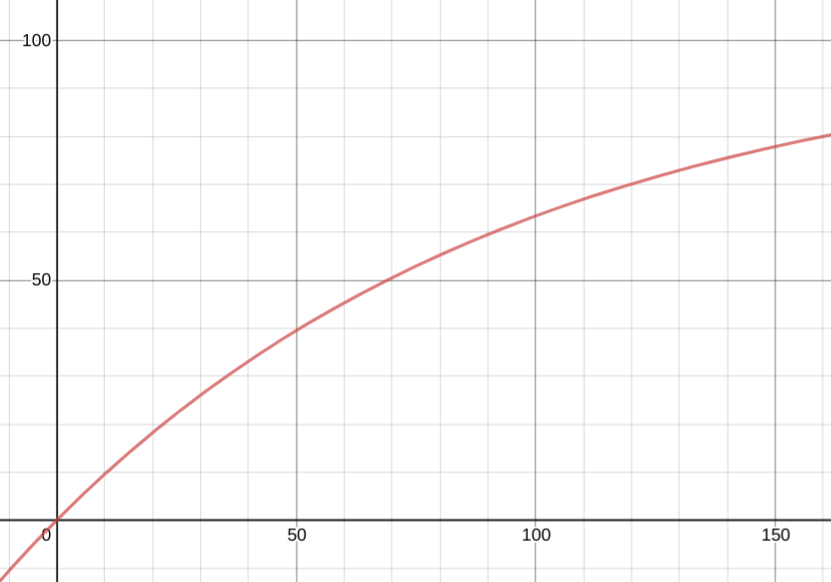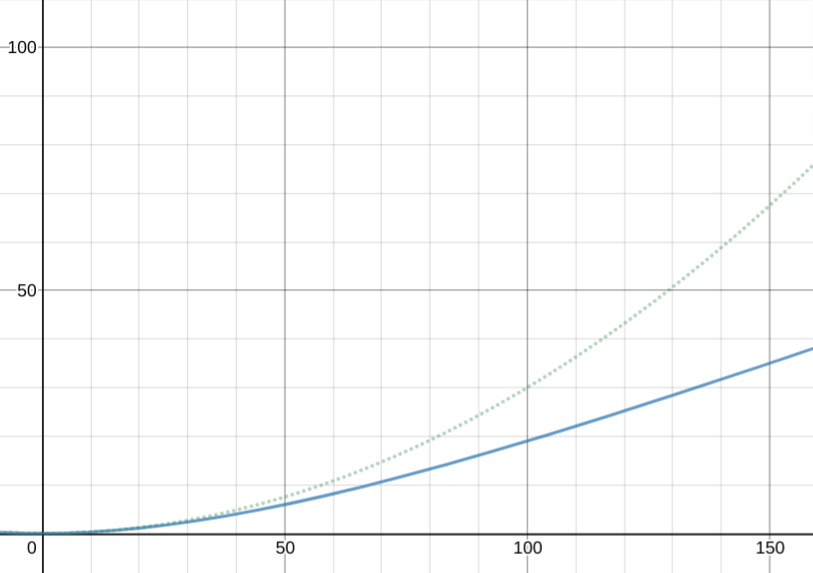I recently realized a very simple, almost obvious bias, that I had because I never thought more about it. Moreover, quite a lot of people have this bias too.
What is worse in time of pandemic - to increase the number of your contacts from 0 to 1 or from 99 to 100? Intuitively, since we perceive many quantities on a logarithmic scale, the first thing is much worse. I heard multiple times something like: "I am already doing this and this and that because I have to, so it does not make sense for me to decrease my shopping", or "My roommate (spouse, child...) does not care about this at all, so it does not make sense for me either".
However, this is simply not true. If I care solely about myself, increasing the number of contacts increases the probability to get sick linearly - no logarithmic scale. But if I also care about other people (my contacts, yes), then we have linear growth of probability to become a spreader, and linear growth of the group to whom I can spread, thus leading to quadratic growth of the total expected damage to society.
So, if I have quite a lot of contacts already, I should be much more cautious about adding more than if I have almost none. It sounds so trivial right now - yet so many times I have heard the opposite advice.


A lot depends on what type of “interactions” we’re considering, and how uniform the distribution is: indoor/outdoor, masks on/off, etc. If we assume that all interactions are of the identical type, then the quadratic model is useful.
But in a realistic scenario, they’re probably not identical interactions, because the 100 interactions probably divide across different life contexts, e.g. 5 different gatherings with 20 interactions each.
Therefore, contrary to what this post seems to imply, I believe the heuristic of “I’ve already interacted with 99 people so I’m not going to go out of my way to avoid 1 more” is directionally correct in most real-life scenarios, because of the Pareto (80/20) principle.
In a realistic scenario, you can probably model the cause of your risk as having one or two dominant factors, and modeling the dominant factors probably doesn’t look different when adding one marginal interaction, unless that interaction is the disproportionally risky one compared to the others.
On the other hand, when going from 0 to 1 interactions, it’s more plausible to imagine that this 1 interaction is one of the most dominant risk factors in your life, because it has a better shot of changing your model of dominant risks.